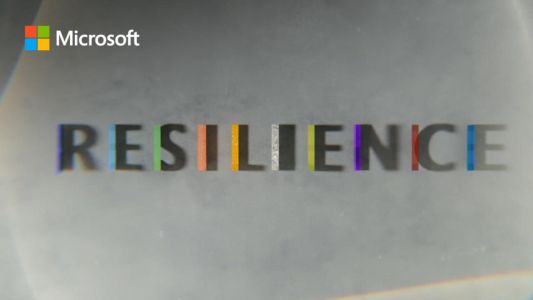Times of crisis force people to evolve, adapt and innovate. As people converged to solve the deadly COVID-19 pandemic, societal barriers broke down as alternative perspectives were nurtured. Technology and science provided opportunities to “fuel discovery and magnify our ingenuity.” As part of its video series on societal resilience, Microsoft leaders tell personal stories and describe their own visions of how the pandemic is helping humanity to become more cohesive, caring and resilient.
The COVID-19 pandemic takes both financial and psychological tolls.
Lila Tretikov, Microsoft’s corporate VP and deputy CTO, recalls that the pandemic seemed to cascade into reality almost overnight. Juan M. Lavista Ferres, chief scientist, Microsoft AI for Good Research Lab, sent an early, urgent email to his team, recommending that everyone work from home.
Ashley Llorens, VP, distinguished scientist and managing director at Microsoft Research Outreach, says that it quickly became obvious that the pandemic battle would be engaged on many fronts, from understanding the science behind it to confronting “inherent societal consequences.”
Lacking immediate, solid solutions, Microsoft leaders tasked themselves to use their expertise to explore COVID-19’s effects on human communities and individuals.
Working from home challenges people to stay connected in creative ways.
Microsoft team members considered ways that people connect through communication technologies. They discovered that these technologies help define “who we are and how we live,” and that studying such relationships reveals how people encompass...













Comment on this summary